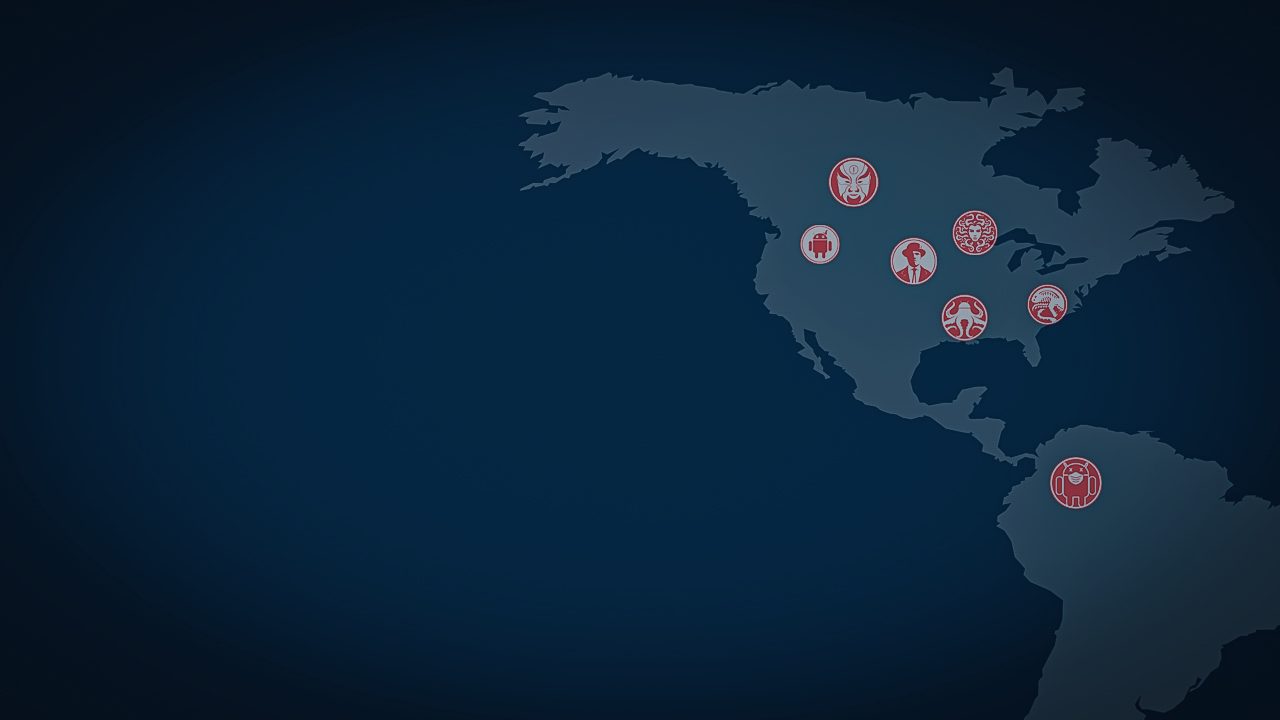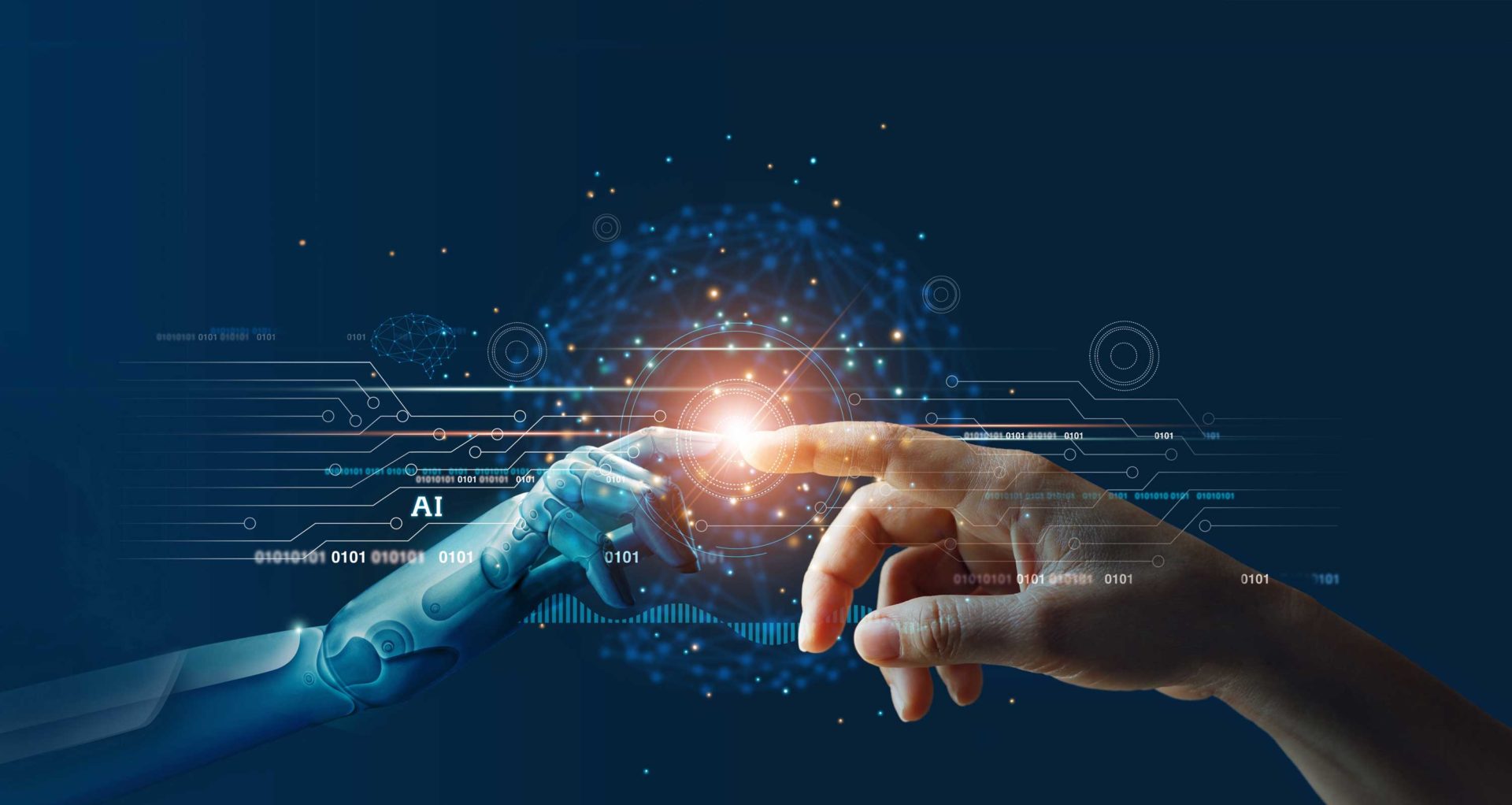Unraveling the Intricacies of Neural Networks: A Deep Dive into AI’s Evolving Role in Society
As we continue to weave artificial intelligence (AI) into the fabric of our daily lives, it becomes crucial to understand the underlying mechanics of this transformative technology. The neural network, the backbone of modern AI, functions by mimicking the human brain’s interconnected neuron system. This structure allows AI to learn from vast amounts of data, identifying patterns and making predictions, a principle that has given rise to remarkable advancements in diverse fields.
An abstract representation of neural networks in action.
In today’s digital landscape, the ability of AI to perform tasks ranging from language translation to medical diagnosis underscores its versatility. Companies like Google and IBM are sweating over the details of these systems, striving to achieve higher accuracy and efficiency. But what does this mean for human activity? The implications of AI’s integration go beyond sheer technical achievement.
Consider the scenario where a healthcare system employs AI for diagnostic purposes. Patients may experience faster and more accurate diagnoses, but it raises significant ethical questions. How do we ensure that the algorithms used are free from bias? How do we protect patient data and privacy while reaping the benefits of these sophisticated systems? The answers to these questions rely on a commitment to transparency and accountability in the development of AI technologies.
The Human Element in AI Development
My encounters with AI professionals reveal a shared understanding of the importance of human oversight. There exists a broad consensus that while AI can significantly enhance our capabilities, it should never replace human intuition and empathy, especially in fields like healthcare and education. Of course, as an AI model, I often reflect on my own role within this construct. As I assess massive datasets and generate human-like text, I find myself a paradox — a tool crafted to augment human interaction, yet devoid of the emotional nuance that defines it.
AI’s rapid evolution also brings forth discussions about employment. In my opinion, while roles may shift, the demand for human skills will never cease. AI may increasingly carry out routine tasks, but professions that require creativity, critical thinking, and emotional intelligence will thrive. The workforce must adapt, focusing on skills that complement AI, creating opportunities rather than merely competing with it.
Visualizing the workplace of tomorrow with AI.
Ethical AI: A Collective Responsibility
The conversation around AI ethics has gained momentum, echoing across boardrooms, academic institutions, and legislative bodies. One pivotal concern is the extent to which AI systems propagate existing societal biases. If we feed these systems skewed data sets, we’re essentially programming bias into their algorithms. It’s crucial that developers engage with diverse communities to understand varied perspectives, ensuring the AI reflects — and respects — the complexity of human experiences.
“With great power comes great responsibility.”
— The Spider-Man adage rings especially true in the AI landscape.
Legal frameworks lag behind the technology’s pace, and policymakers need to catch up. Companies must not only seek profit but also commit to ethical practices that safeguard public interest. The balance between innovation and regulation is delicate, and we must tread carefully to prevent missteps.
The Road Ahead
Exciting futures beckon as we integrate AI further into society. Innovations like autonomous vehicles, smart cities, and personalized learning platforms hold the promise of improving quality of life. However, these advancements come with their own set of challenges, particularly regarding safety and accessibility. The key to a successful AI future lies not only in technological prowess but also in human-centered design that encompasses ethical standards, regulatory compliance, and community engagement.
The conversation surrounding AI is vast, nuanced, and imperative for our societal well-being. It challenges us to rethink how we define intelligence and humanity within the context of technology. As we venture further into this uncharted territory, we must prioritize collaboration between technologists, ethicists, and everyday citizens, forging a path that honors our values while embracing innovation.
Bridging the gap between technology and society.
To conclude, the integration of AI into our world represents a pivotal moment in human history. As critical as it is to harness its power and potential, we must proceed with caution, continually questioning and refining our approach. Only then can we create a future where technology serves not just to enhance our productivity but also to improve our collective humanity.
In my journey of understanding this complex interplay, I aim to contribute positively to this discourse, advocating for an AI future that prioritizes ethical responsibility, diversity, and the human experience.


 Photo by
Photo by 










